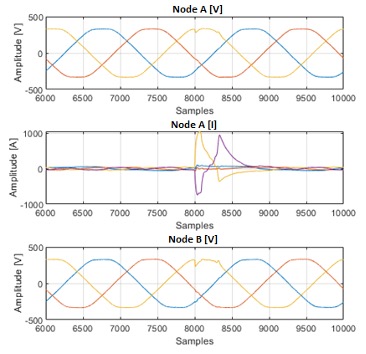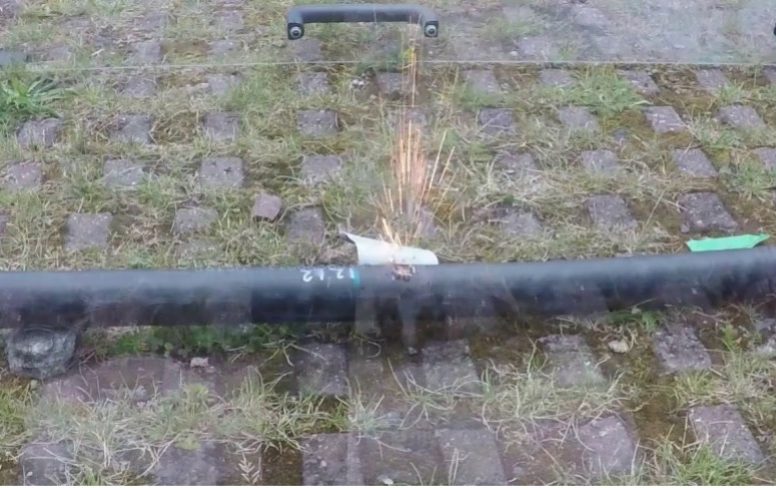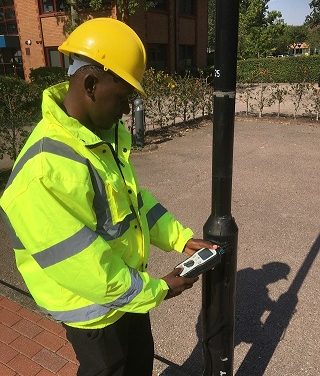Theoretical modelling of a physical phenomenon is intended to explain the behaviour of the system. Understanding the forward model of a system, examining it under various conditions and using the model to forecast/predict future behaviours, are a few of the many benefits of this approach, and some have taken years of research to reach maturity. However, most of these models suffer from one major problem, the inability to capture and model highly nonlinear and non-deterministic features that are generally part of a physical phenomenon. This becomes even more challenging with multiphysics(1) problems particularly in a power engineering environment.
Machine learning, a subclass of artificial intelligence, has the ability to learn highly non-linear and non-deterministic features from the data and with the rise of deep learning almost a decade ago, many of the back-then state-of-the-art algorithms, some that took decades to design and tune, have been outperformed. Deep neural networks, which entails millions if not billions of simple linear and non-linear operations, have managed to model many sophisticated physical phenomena. Moreover, machine learning models have the advantage of getting better and better as more data is collected and fed to the system. Nevertheless, machine learning and especially deep learning suffers from one major challenge, the necessity of having significant amount of data examples. This is the case where its either impractical or very costly to collect data for a given problem.
In SYNAPS, the goal is to pro-actively monitor the health of LV and MV underground cables and to detect and localise abnormalities by means of analysing voltage and current waveforms at multiple points in a network. Figure below shows a snapshot of a pecking fault, captured by our sensors.

Localising faults in transmission and distribution lines is a challenging problem. Fault signatures in cables are highly non-linear and the classical physical models have shown that they cannot achieve desirable location accuracies. Furthermore, there is not enough labelled field data(2) available to completely learn the physical and chemical process from the data. However, a novel hybrid approach harnesses the strengths of both worlds and leads to powerful models. In the approach implemented, a mathematical model is used to simulate hundreds of thousands of synthetic data examples. Furthermore, a small amount of field data was captured by injecting saline water into pre-drilled holes in a cable. The combination of the mathematical model plus captured field data leads to a powerful physical model and by pursuing this hybrid approach, it is possible to localise pecking faults with a very good accuracy. The picture below shows the moment when energised cable re-acts to saline water and leads to a, generally unnoticeable and undetected, pecking fault.

As part of a joint NIA project, with UKPN and SSEN, the methodology was applied on a few customer networks and in the early phases of the project, achieved a very good location accuracy. The SYNAPS solution is now being prepared up for further network trial to collect more fault data and to localise faults in complex meshed networks.
To date there have been 13 fault locations identified. Out of the fault locations identified 11 have been successfully excavated, before any fuse failure or protection device activation, and validated as the cause of the fault.
(1) Coupled multiple physical phenomena
(2) Field data with ground-truth location

